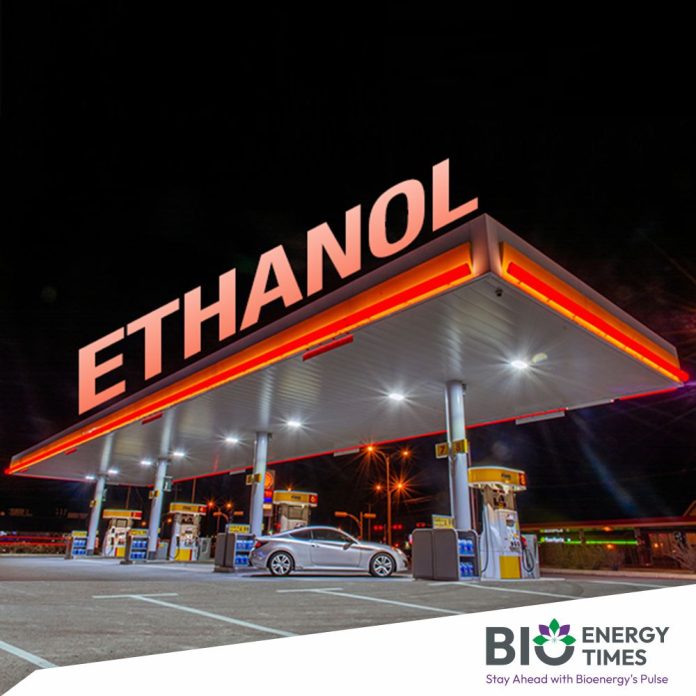As ethanol emerges as a major driver of maize consumption in India, key stakeholders including policymakers, researchers, and industry leaders, came together at the 11th India Maize Summit to discuss a forward-looking strategy for transforming the maize value chain. The summit was organized by the Federation of Indian Chambers of Commerce and Industry (FICCI) in partnership with the Indian Institute of Maize Research (IIMR), and was inaugurated by Union Agriculture and Farmers Welfare & Rural Development Minister, Shivraj Singh Chouhan.
Dr. H.S. Jat, Director of ICAR-IIMR, set the tone for the summit by outlining a vision for scaling up maize production to meet future demand, particularly from the ethanol sector. To support India’s ethanol blending target of E30, maize output must grow by 8–9% annually to reach 65–70 million tonnes by 2030, he said, according to the press release. Currently, around 18–20% of maize is used for ethanol, but improvements in hybrid seed starch content are needed to raise ethanol recovery rates from 38% to 42%. Dr. Jat shared that the institute is developing high-yielding hybrids capable of delivering 10–11 tonnes per hectare in the rabi-spring season and 7–8 tonnes during kharif, with fermentable content of 64–65%. He stressed the importance of targeted mechanization at every stage, from sowing to harvest, to meet these productivity goals.
In his keynote address, Union Minister Shivraj Singh Chouhan reaffirmed the government’s focus on farmer-first policies, stating, “Farmers’ sewa is our mool mantra.” He called for greater integration of research, education, and outreach to enhance yields, improve farm incomes, and promote sustainable practices across the agricultural sector.
Sunjay Vuppuluri, National Head of Food & Agribusiness Strategic Advisory & Research at YES BANK, shared market insights highlighting maize as India’s fastest-growing cereal. Over the last decade, the cultivated area expanded by 31% to 12 million hectares, while production rose 75%, crossing 40 million tonnes. Yet, consumption is growing faster than supply, at 6.7% annually compared to production’s 5.8%, raising concerns about a widening demand-supply gap. Maize is primarily used for poultry feed (51%), followed by ethanol (18%), underscoring its dual role in food and energy security.
Uttar Pradesh Agriculture Minister Surya Pratap Shahi detailed the state’s success under the Accelerated Maize Development Program, a focused five-year plan to promote maize as a core crop. Cultivation has expanded to 5.4 lakh hectares across 24 districts, verified through satellite mapping. Current yields have reached 34 quintals per hectare, with projections exceeding 40 quintals in the upcoming season. The state is also advancing maize-based innovations, such as biodegradable products and fibre alternatives to plastic.
Shahi also underscored the role of supportive policies like minimum support price procurement and expanded access to quality seeds. With 15 maize-processing firms now operating in the state, Uttar Pradesh is rapidly emerging as a key node in India’s maize ecosystem.
Subroto Geed, Co-Chair of FICCI’s Agriculture Committee and President – South Asia at Corteva Agriscience, described maize as a “national imperative.” He stressed the need to boost productivity through next-generation technologies, resilient seed systems, and digital solutions. “A collaborative ecosystem, where farmers, industry, government, and researchers work in sync, is vital to building a climate-smart and self-reliant maize economy,” he said.
The summit served as a convergence point for ideas and initiatives aimed at positioning maize as a cornerstone of India’s food and energy future.














